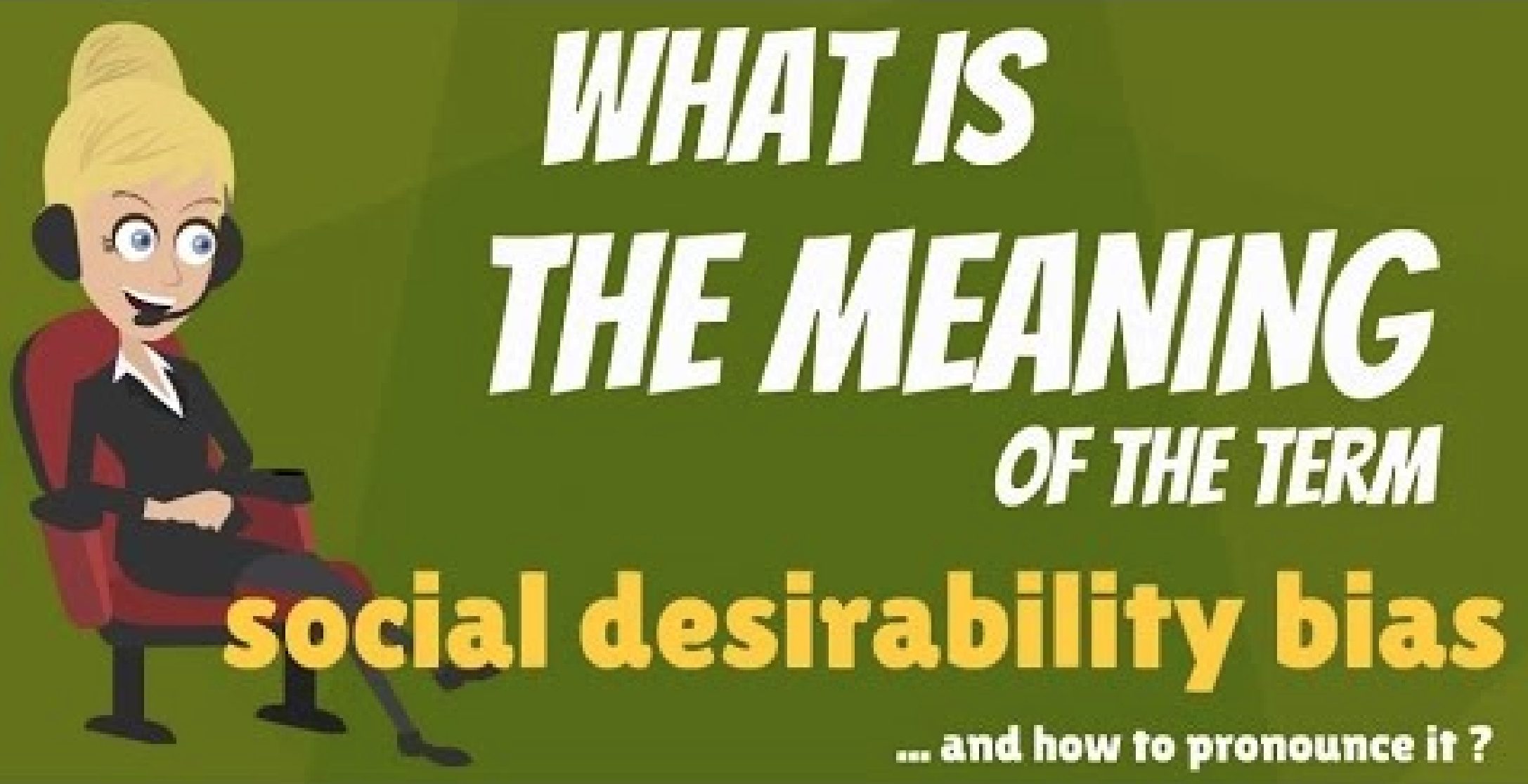06 Jan Does a Conflict Instrument Assess “Looking Good” or Actual Behavior?
Ralph H. Kilmann, co-author of the Thomas-Kilmann Instrument (TKI)
In the 1960s, three instruments assessed the five conflict modes: Blake and Mouton (1964), Lawrence and Lorsch (1967), and Hall (1969). So why did Ken Thomas and I develop a fourth instrument to measure conflict-handling behavior?
In the early 1970s, both Ken and I were acutely aware of the potential social desirability response bias in all self-report assessments: The tendency for people to respond to test items in order to look good to themselves or others (whether this bias is conscious or unconscious) versus accurately disclosing their actual behavior or interests. For example, we suspected that most people would prefer to see themselves as high on collaborating and low on avoiding, regardless of their actual conflict-handing behavior. Indeed, when Ken and I collected research data on the three existing instruments, we found that there were very high correlations between the social desirability of the five modes and people’s actual mode scores on a self-report assessment: On average, more than 90% of the variance in mode scores was explained by social desirability (88%, 92%, and 96% for the Blake and Mouton, Lawrence and Lorsch, and the Hall instruments, respectively). Consequently, for all practical purposes, these instruments were NOT measuring a person’s conflict-handling modes — since people’s scores were explained (accounted for) by social desirability.

To make a long story short, Ken and I repeatedly tested the social desirability of many conflict items for our new instrument and then paired items (for example, a collaborating item was paired with an avoiding item) that were both equal in social desirability. Since a person could not choose any of the 30 A/B forced-choice items merely to look good (since the pairs had been matched on social desirability), respondents now had to candidly disclose how they actually behaved in conflict situations. Indeed, when Ken and I collected research data along the same lines as we had done for the other three instruments, the variance of mode scores on the TKI that could be explained by social desirability dropped to 17% (as compared to over 90% for the other three instruments). That was a huge improvement!
Over the years, many people have told me that it’s “cumbersome” or “tedious” to respond to the TKI’s A/B format — even though it takes less than 15 minutes to complete all 30 forced-choice items. But these typical comments don’t really surprise me: I believe that once the social desirability response bias has been removed from ANY instrument, it requires more diligence for a respondent to disclose his actual behavior or preferences, rather than to simply pick items to look good. But the intent of every self-report instrument is to measure what it claims to measure, not some OTHER concept…such as social desirability.
Several additional conflict assessments have been published since the 1970s. In virtually all cases, the developers of those new instruments use something other than a forced-choice format (such as a five or seven-point Likert scale for each conflict item), because they want to make their assessment easier to take (than the TKI). And yet, these developers seem to be totally unaware of what effect different scaling methods have on the social desirability response bias. In the interest of ease, and ease alone, these other assessments have thus fallen into the same trap as the three assessments that were developed back in the 1960s (what goes around comes around): Ease of responding — by implicitly giving people the opportunity to look good to themselves or others — is no substitute for a valid assessment. In fact, I believe that the lasting and growing success of the TKI over the past 35-plus years is precisely because the TKI controls for social desirability and thus provides its users with an accurate assessment: a true “aha” experience.
For the original research publication that compared the four conflict instruments on social desirability, see: https://bit.ly/2VMHwGh
Kilmann Diagnostics offers a series of eleven recorded online courses and nine assessment tools on the four timeless topics: conflict management, change management, consciousness, and transformation. By taking these courses and passing the Final Exams, you can earn your Certification in Conflict and Change Management with the Thomas-Kilmann Instrument (TKI). For the most up-to-date and comprehensive discussion of Dr. Kilmann’s theories and methods, see his 2021 Legacy Book: Creating a Quantum Organization: The Whys & Hows of Implementing Eight Tracks for Long-term success.




